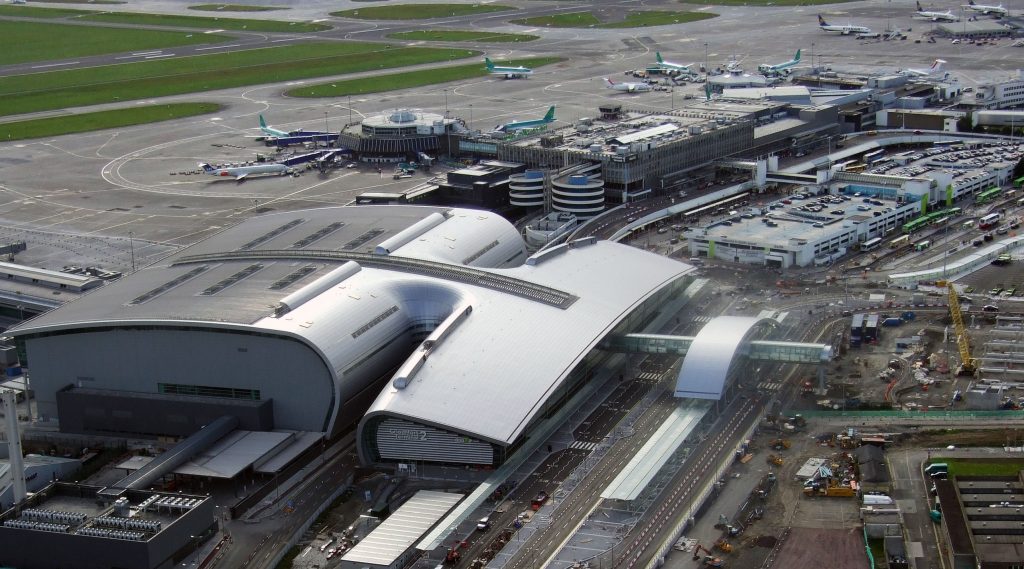Ireland’s total emissions from power plants and industry decreased in 2017

Ireland’s emissions from the EU Emissions Trading Scheme (ETS) have decreased for first time since 2013, new EU figures reveal.
However, cement industry emissions increased by 2.1 per cent and emissions from the food and drink increased by 2.5 per cent.
The ETS monitors emissions of 12,000 airlines, power plants and industries and is responsible for regulating around 45 per cent of Europe’s carbon emissions.
Across Europe, emissions were up 0.3 per cent, the first time emissions have increased in seven years.
New data published by the European Commission shows that the overall emissions from the 103 Irish power generation and industrial companies under the scheme decreased by 4.8 per cent in 2017.
Irish sites include those operating in the power generation, cement, lime, and oil refining sectors, as well as large companies in the food & drink and pharmaceuticals sectors.
In Ireland, emissions from the power generation sector decreased by 8.2 per cent, largely driven by the use of less coal and peat and a greater use of renewable energy.
This is the first overall decrease in emissions levels from these companies since 2013, according to the Environmental Protection Agency (EPA).
David Flynn, EPA Programme Manager, said the overall decrease demonstrate a “move in the right direction” in the transition of Ireland’s energy system.
He warned however that while the carbon intensity in electricity generation was down, other sectors such as the agri-food sector, recorded higher emission levels.
Mr Flynn said that investment in low carbon technologies must be made attractive for industry and called for a higher carbon price to help drive such investment.
The carbon price is now above €10 per tonne following recent amendments to the Emissions Trading Scheme Directive for the period 2021-2030.

Dublin Airport Terminal 1 & 2 Photo: Colm De Spáinn
Airline Emissions
An analysis of the Commission’s data by environmental think-tank Sandbag reveals that Ryanair emitted 9.2 million tonnes of carbon dioxide in 2017.
Anglo-Spanish airline IAG and German Aviation Company Lufthansa follow Ryanair on the list. Experts believe this is due to the three airlines’ high number of flights.
According to Ryanair, the company’s traffic grew by nine per cent over the past year, bringing its total customer base to 130 million.
Last month, the company launched a new Environmental Policy, including commitments to address climate change and bring in policies to lower emissions and noise pollution. Such plans include investing in the most fuel-efficient aircraft.
Overall, ETS-covered airlines accounted for 65.2 million tonnes emissions in 2017, a 6.1 per cent hike compared to the previous year. Under the ETS scheme, airlines must report emissions for all flights that begin or end within the EU.
The International Civil Aviation Organisation predicts that global aviation emissions will grow by between 300 and 700 per cent by 2050.
[x_author title=”About the Author”]







